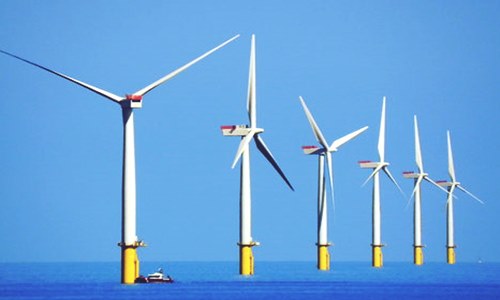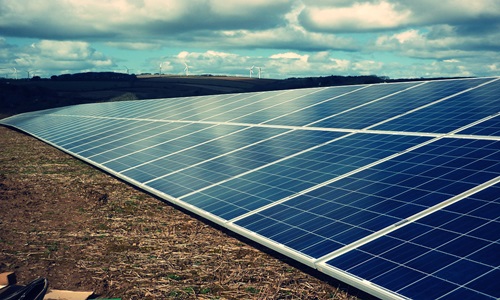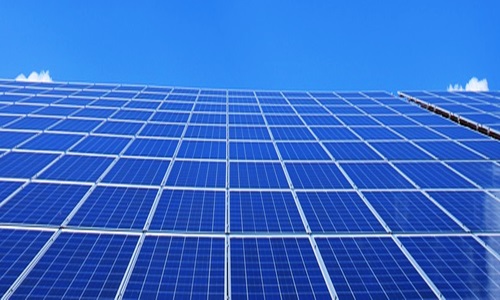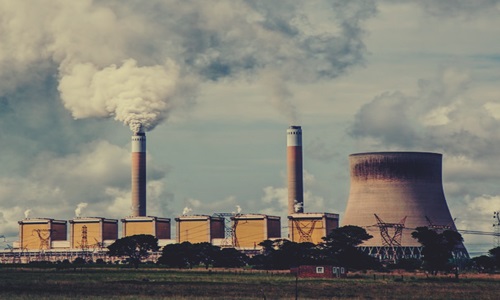
Norwegian energy company Equinor is reportedly exploring the possibility to set up an offshore wind farm equipped with floating turbines to satisfy electricity requirements of the North Sea oilfields. Formerly known as Statoil, Equinor claims that the project would reduce CO2 emissions by 200,000 tons annually. The business also affirmed that the preliminary capital and development expenditure of the projects at the Gullfaks and Snorre oilfields would be nearly $602.2 million. According to industry experts, Equinor is testing the feasibility of the 11-turbine wind farm introduced by Hywind, for establishing its offshore wind farm. Reportedly, Hywind’s project is successfully supplying electricity to Scottish grid, crowning it as the first floating turbine wind farm installation project across the globe. Hywind Tampen, Equinor’s new concept for the North Sea oilfields, will have an overall capacity of 88 megawatts, which is estimated to fulfill at least 35 percent of the Gullfaks and Snorre oilfield’s annual power demand. Power generation costs could go down by 40-50 percent compared to the Scottish project which costs $229 for a megawatt hour of electricity, reported sources familiar with the development. Pal Eitrheim, Executive Vice President for New Energy Solutions, Equinor, was quoted stating that the introduction of floating offshore wind farms to supply energy is challenging and thrilling, and it will significantly reduce dependency on gas turbines. Lately, Norway’s greenhouse gas emissions are on the rise, despite initiating deep cuts under international standards like the Paris climate deal. In 2017, the country’s annual emissions were reported to be up by 2.4 percent above 1990 levels which were 52.4 million tons, stated Reuters. The news release further claimed that companies like Equinor, OMV, and Petoro own equity in the Gullfaks oilfield. Similarly, companies that own the Snorre oilfield include, Equinor, ExxonMobil, Petoro, DEA, Idemitsu, and Point Resources.




